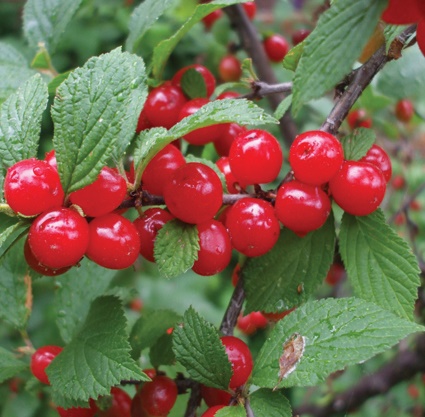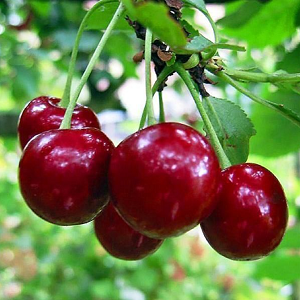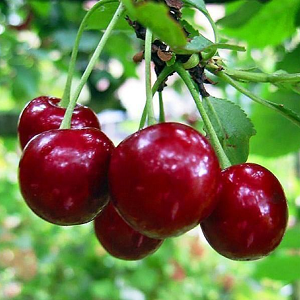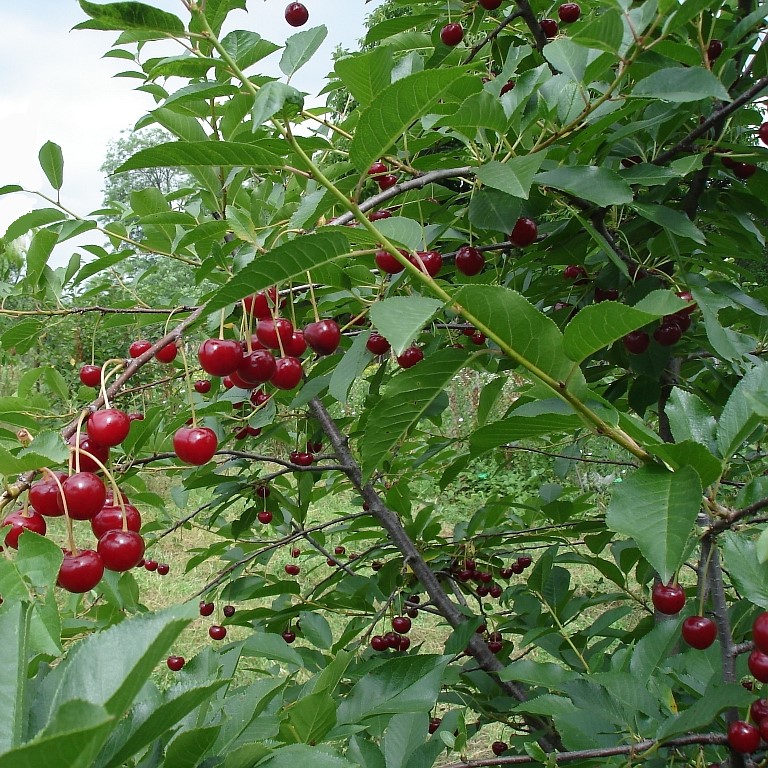Subtotal: $34.95
Shrub Cherry : NANKING
$27.95
(Prunus Tomentosa)
In spite of the popularity of the Romance Shrub Cherries, the good old faithful Nankings are still in demand. Partly it is because they demand so little attention and yet yield such bounty and beauty too. Nanking cherries originate from the Manchurian region of central Asia where temperatures extremes range from under -40° in winter to over 40°C in summer! They were introduced to North America in 1882 and now thrive in some of our most inhospitable regions. Makes an excellent hedge plant that tolerates drought, severe cold, road salt and neglect. Nanking cherries can also be used as an understory in shelter belts, as they will tolerate some shade.
Gracefully arching branches, profusely bedecked with white or pinkish blossoms in early spring are followed by heavy crops of tart, tangy dark red cherries in early summer. A smaller version of regular sour cherry, Nankings work well for pies or preserves. Some folks do enjoy eating them right off the bush. Mature height 2-3m (6-9').
PLANT 2 FOR POLLINATION | ZONE 2 | HARVEST: JULY
Only logged in customers who have purchased this product may leave a review.
 Shrub Cherry : CRIMSON PASSION 60-90cm (24-36") plant reg $34.95
Shrub Cherry : CRIMSON PASSION 60-90cm (24-36") plant reg $34.95 




Reviews
There are no reviews yet.